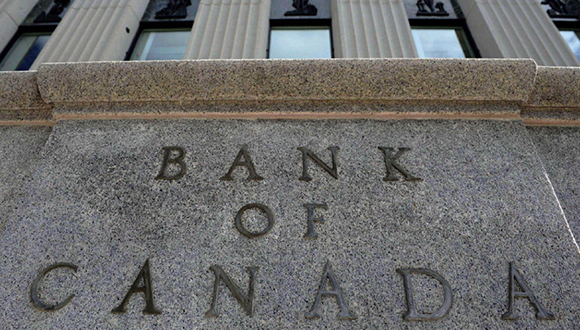The Bank of Canada has reported that the financial picture for Canadian households and businesses was showing signs of increased health until the United States started a trade war. At the start of the year, households had on average less debt relative to their income than a year earlier, while insolvency filings by businesses had dropped significantly.
The country’s financial system has faced unprecedented shocks in recent years, but proactive steps taken by households and businesses, together with substantially lower interest rates, put the system on a more resilient footing heading into 2025. However, the U.S.-instigated trade war has pushed risks higher overall, as tariffs and uncertainty have sharply reduced prospects for global economic growth.
A long-lasting trade war poses the greatest threat to the Canadian economy, warning about both near-term market volatility and more medium-term risks of a prolonged trade war, including reduced growth and increased unemployment.
The Bank of Canada sees the potential for Canadians to fall behind on mortgage payments at levels not seen in a generation. In its scenario, which the central bank emphasizes is not a forecast, an extended trade war could cause mortgage arrears to top 0.5%, higher than what happened during the 2008-09 global financial crisis, though still below the more than 0.6% seen in the 1990s. Government support could help lessen the impact, but it is not yet clear how widely or generously those might be.
A stress-test scenario on Canada’s financial system by the International Monetary Fund, included in the bank’s report, uses a more extreme scenario. Under its scenario, the IMF saw the potential for GDP to fall 5.1%, unemployment to peak at 9.2%, house prices to drop 26%, and equities to fall 36%, peak to trough.
While lower interest rates have helped boost the resilience of businesses and those with mortgages, non-mortgage households still show rising signs of economic stress. The Bank of Canada says loans to households or businesses in trade-sensitive industries or regions represent about 15% of the assets of banks in Canada, but the knock-on effects of an economic slowdown could hit a wider range of industries and workers. Canadian banks are well-positioned to absorb higher losses, thanks to higher capital buffers and provisions for credit losses.
Source: CBC











